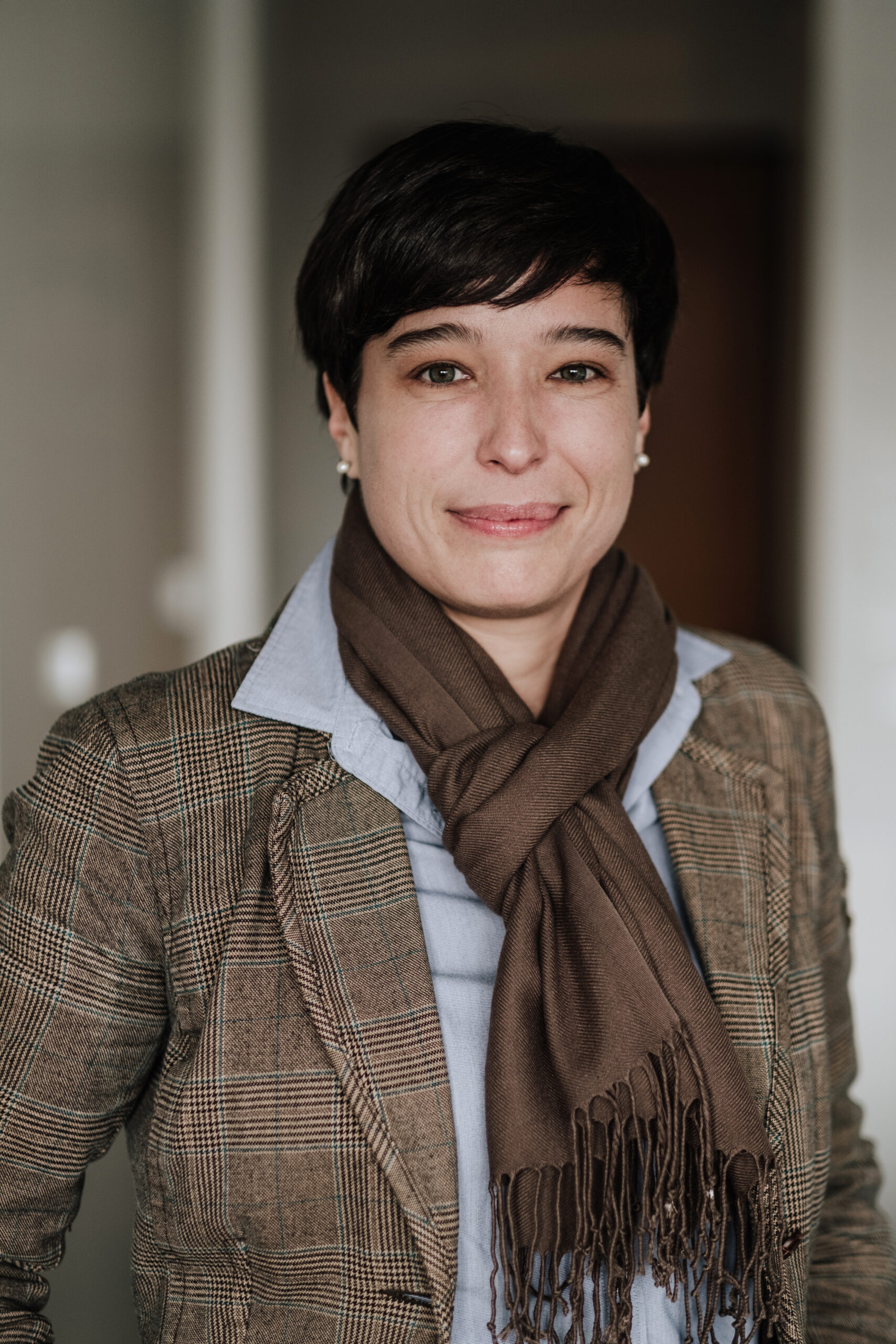
Dentistry- Craniomaxillofacial trauma in immature dogs-aetiology, treatments and outcomes
Course Content
Craniomaxillofacial (CMF) trauma is a relatively common reason for which dogs are presented to veterinarians on an emergency basis. CMF fractures in dogs occur more frequently in small and juvenile dogs
- Which are the multiple factors the veterinarian must consider prior to deciding on the optimal treatment?
Location and type of fracture, involvement of teeth, presence of teeth for the anchorage of interdental wiring and intraoral splinting, bone quality, available methods for repair, and the operator's skills. - How can stabilization of CMF fractures be achieved?
With non-invasive (muzzling) and minimally invasive techniques (maxillomandibular fixation, interdental wiring, and intraoral splinting) or invasive techniques (intraosseous wiring, external skeletal fixation, and bone plating). - What are the limitations for the stabilization techniques in juvenile dogs?
The presence of developing tooth buds in the jaw bone, the absence of sufficiently erupted permanent teeth or exfoliating deciduous teeth, immature bone, and the potential for interference with dental and jaw development. - Which are the complications derived from CMF fractures?
Malunion or non-union, malocclusion, infection, and periodontal and/ or endodontic disease of teeth in or near the jaw fracture line. Dental and jaw developmental abnormalities are especially of concern in immature dogs that are still growing.
These questions and many more will be answered to the MEAVC Journal club. Join us and be a part of an international vibrant scientific community!
Ana Nemec
Ana Nemec graduated as a Doctor of Veterinary Medicine from the University of Ljubljana, Slovenia in 2004. She continued with a multi-disciplinary PhD program in Biomedicine at the University of Ljubljana, focusing on research in the systemic effects of periodontal disease, while working as a veterinarian at the Small Animal Clinic of the Veterinary Faculty, University of Ljubljana. She was awarded her PhD in 2009 and completed her 3-year residency training in Dentistry and Oral Surgery at the University of California-Davis, USA in 2012. Ana passed her Board examination and became a Diplomate of American Veterinary Dental College (AVDC) in 2013 and has also been accepted to the European Veterinary Dental College (EVDC). Ana has been appointed as an Assistant Professor at the Veterinary Faculty, University of Ljubljana, Slovenia since 2012. In 2018 Ana was a veterinary specialist at Animal Hospital Postojna, Slovenia. In 2019 she returned to the Small Animal Clinic of the Veterinary Faculty, and launched also her consultancy company in veterinary dentistry ananemec.si. Ana is a Credential Committee member of the AVDC, VOHC Council Member, WSAVA Dental Standardization Project Committee member, a member of the European Veterinary Dental Society and recipient of several national and international awards in veterinary medicine, an Associate Editor of the journal Veterinary Dentistry and Oro maxillofacial Surgery, a reviewer in several international journals, and author of research and professional papers, she was also a Board member of the EVDC. Ana’s main research interest is in oral biology and oral tumors. She is also a keen speaker and a passionate teacher.